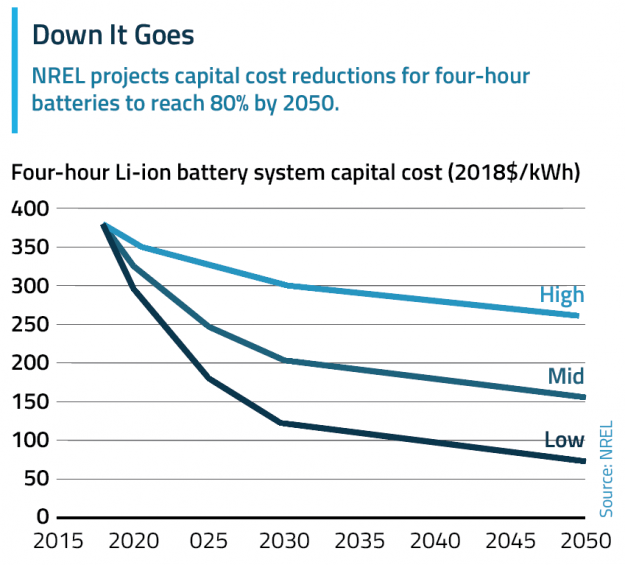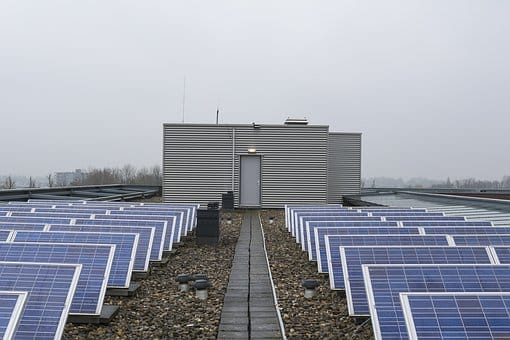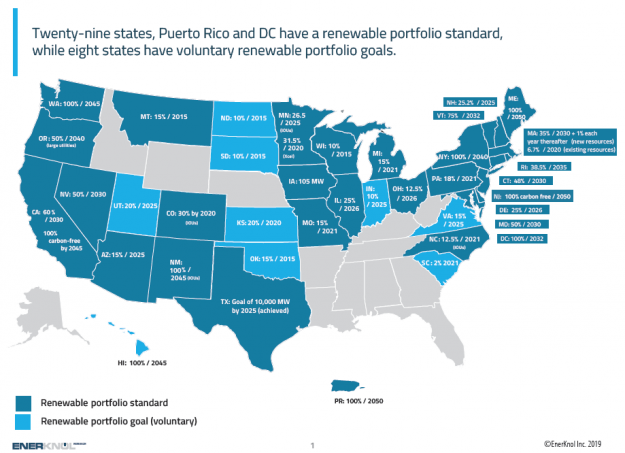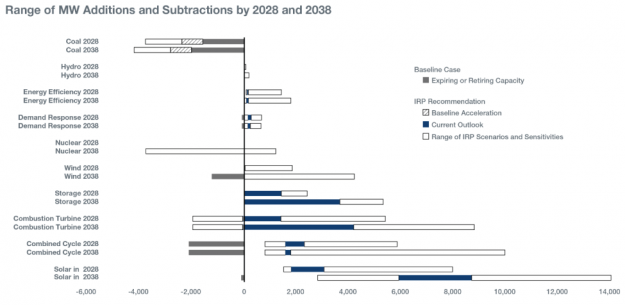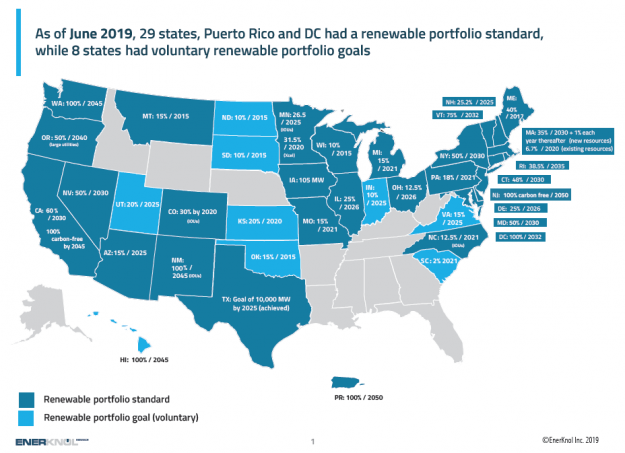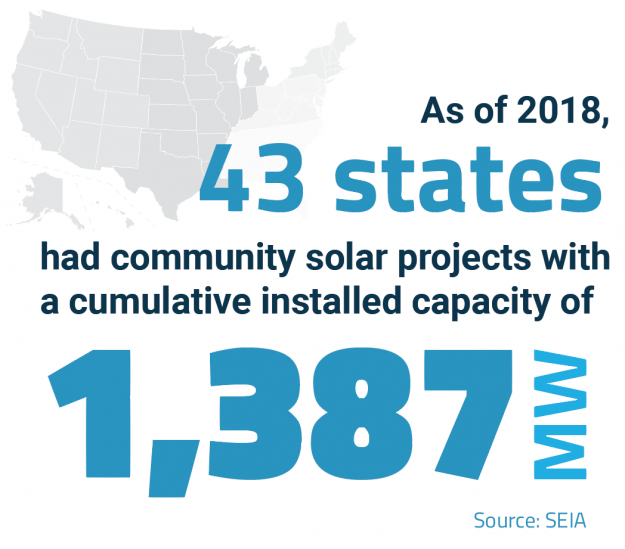EnerKnol’s Visual Primer – Falling Costs of Batteries Put Gas Peakers in the Past
Battery storage has long held the promise of eventually replacing the costliest, most-polluting fossil-fuel fired generators that are used to meet surging electricity demand on the grid. That day may now be upon us as costs of batteries plummet and as state regulators from Massachusetts to Arizona weigh new incentives for the technology.
